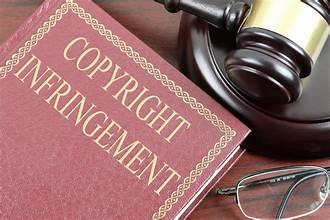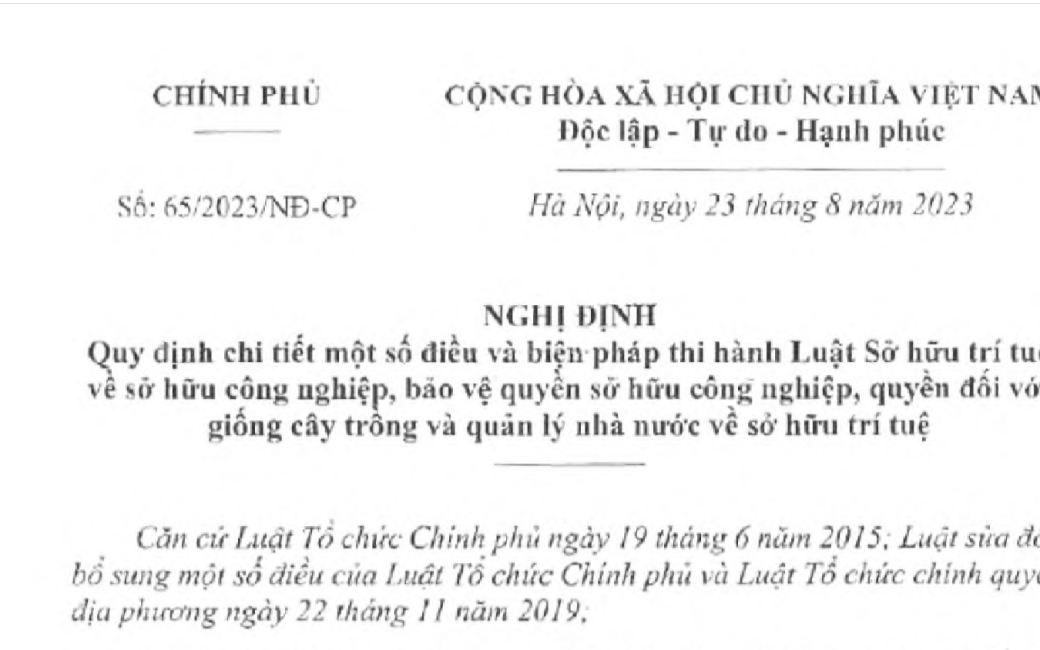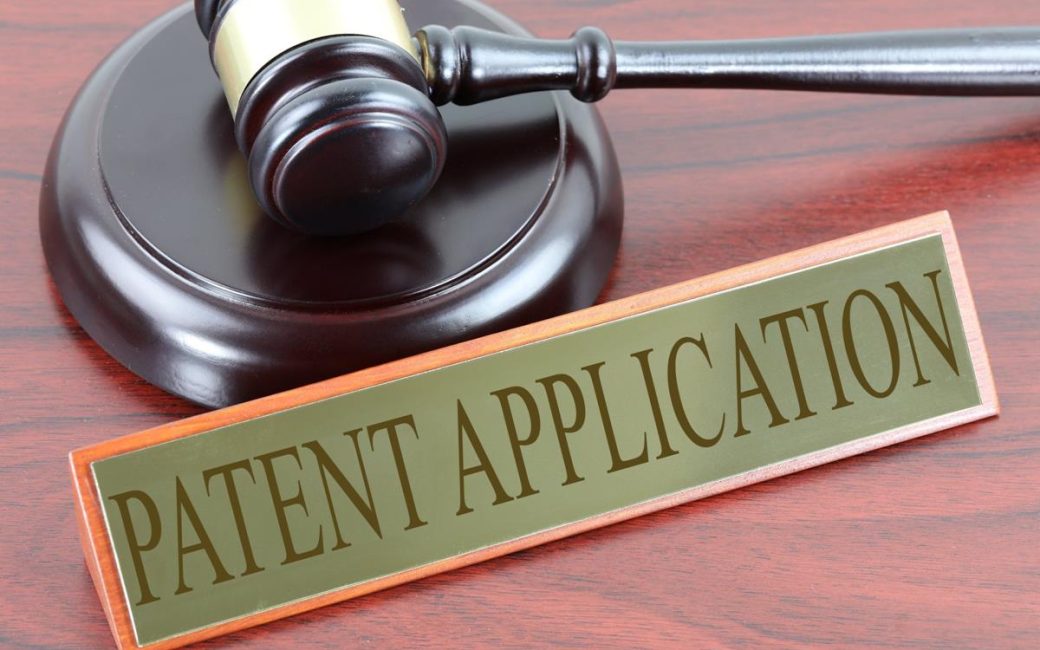Trademark assignment refers to transferring ownership rights from the trademark owner to the assignee. Without careful consideration and in-depth practical experience in the field of intellectual property, the trademark you pay for buying/assigning may not legally belong to you. Why was your trademark assignment application in Viet Nam rejected?
Cases of trademark assignment application
Instead of having to carry out a long-term, costly promotion and communication campaign with uncertain results, many businesses choose to purchase another’s trademark for business development and investment. In this case, purchasing another’s trademark means buying the reputation and fame associated with goods/services bearing the trademark to shorten the time for your products/services to reach the public.
In another case, trademark assignment can occur when two companies merge or the trademark owner ceases business operations, dissolves the company, or declares bankruptcy, so the trademark is assigned to another entity.
Reasons trademark assignment application is rejected and remedies
Below are common cases where trademark assignment requests are rejected by the IP Office and some suggestions on remedies:
1. The assigned trademark contains elements identical or similar to the assignor’s commercial name.
Based on this principle, if the trademark contains elements identical or similar to the assignor’s commercial name, the assignment would be considered misleading to the public about the characteristics, and commercial origin of goods/services, and fall under prohibited cases under IP Law.
The assignor transfers their entire business facilities and operations under that commercial name to the assignee. That is, if the trademark contains elements identical or similar to the assignor’s commercial name, you must request the assignor/trademark owner to transfer their entire business facilities and operations under that commercial name to you; or
The assignor removes any related business sectors involving products/
services bearing the trademark from their Business Registration Certificate. That is, if the trademark contains elements identical or similar to the assignor’s commercial name, you must request the assignor remove any business sectors from their Business Registration Certificate that are identical/similar to the assigned trademark; or
The assignor has been dissolved, no longer exists after signing the trademark assignment contract; or
The assignor has changed their name after signing the assignment contract such that it no longer contains elements identical or similar to the assigned trademark, and this change is recorded in the Business Registration Certificate
2. The assigned trademark is similar and likely to cause confusion with a trademark in a pending trademark application or a trademark still owned by the Assignor according to a Registration Certificate of Trademark.
If you purchase a trademark from an assignor without thoroughly checking the assignor’s portfolio of owned trademarks to determine which trademarks they have pending applications for and already registered in Vietnam, your trademark assignment contract risks being rejected if the assigned trademark is deemed similar and likely to cause confusion with a trademark in a pending application or a trademark still owned by the Assignor according to a Registration Certificate of Trademark.
To remedy the above shortcoming, you must submit an application requesting assignment of all similar trademarks owned by the assignor to you, or submit an application requesting termination of effect of the remaining Registration Certificates of Trademark.
3. The assigned trademark contains elements that could make the goods/services within the scope of the assignment likely to be confused in terms of origin, characteristics, functions, quality, value, etc.
Your assignment request may be rejected by the IP Office if the assigned trademark contains a geographic location as an element but you/your company do not have an address in that location.
To remedy this issue, if possible and appropriate to your circumstances, you should provide documents evidencing the relationship between the parties (assignor and assignee being subsidiaries of the same conglomerate or the assignor being a subsidiary of the assignee and vice versa) and documents on production and business strategies as well as the use of the trademark by the Parties meeting the condition of no likelihood of confusion as to goods/service origin.
4. The goods/services within the scope of assignment could be likely confused with goods/services within the remaining list owned by the Assignor (for cases where the scope of assignment is partial of the list of goods/services
Partial trademark assignment is possible in Vietnam, which means you can request assignment of the trademark for some goods/services within a class of goods/services or for one class among several classes of goods/services in the Trademark Registration Certificate. For cases where the scope of assignment is partial to the list of goods/services bearing the trademark:
The assigned class of goods/services bearing the trademark or products/services within the assigned class of goods/services must be independent and not cause a likelihood of confusion with the remaining class of goods/services bearing the trademark or the remaining products/services within the class of goods/services.
5. The assignee is not an organization or individual with the function of manufacturing or trading products/services bearing the assigned trademark.
According to Article 139.5 of IP Law:
Rights to a trademark can only be assigned to an organization or individual meeting the conditions for registration of that trademark.
The right of trademark registration is stipulated in Article 87.1 of IP Law, whereby:
Organizations or individuals have the right to register a trademark for goods they manufacture or services they provide.
6. Assignment price in the Trademark Assignment Contract
Your trademark assignment contract risks being rejected in cases where: The assignment price is not clear because the contract must stipulate a specific assignment price for the assigned IP subject.
7. The Trademark Assignment Contract form does not meet the requirements
The trademark assignment contract must meet form requirements. If multi-page, each page must bear signatures of the assignor and assignee for verification, or a stamped seal across pages. The contract must specify the full date and signatures (and seals if any) of the assignor and assignee. Representatives signing for each party must be legal representatives.
Above is the article:” Why was your trademark assignment application in Viet Nam rejected?” by GreenIP. Should you or anyone you know need help with this, feel free to contact us at our email: info@greenip.asia
Call/WhatsApp: (+84) 9 0228 3469
Thanks a lot.










